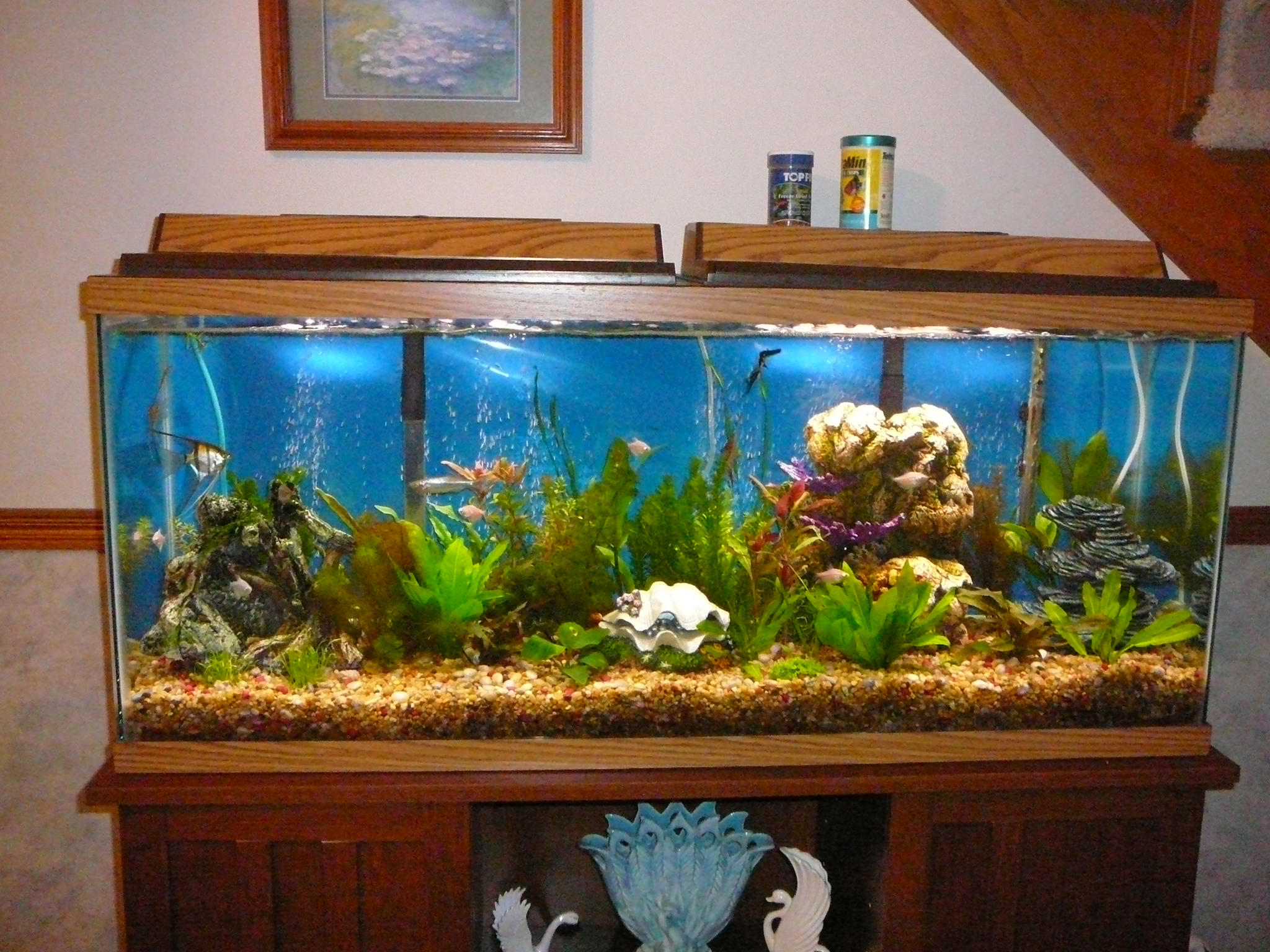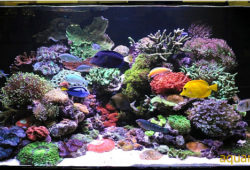Change Aquarium Water The Right Way
The following article is devoted to Change Aquarium Water The Right Way. There are pros and cons to when you change aquarium water but when done right, it is the one thing that can drastically increase the quality of life that you are maintaining for your aquarium life. No matter how efficient your fish tank filters may be, you will still need to change aquarium water from time to time if you expect to have vibrant and healthy fish.

Contents
Change Aquarium Water
Other than ammonia, nitrite and nitrate levels which is usually eliminated by our beneficial bacteria, each time you change aquarium water, it will help remove debris and other chemicals that tend to build up in a fish tank. What we will discuss here is some of the tips and recommendations to make it easy for you to change aquarium water and some of the things that you need to be careful about when changing the water.
How Often To Change Aquarium Water
Once, fish enthusiasts had recommended that the change be changed once a month but it now commonly believed that once a month is just not often enough. If you change aquarium water infrequently, it will place a strain on your fish tank filters to work harder and also cause your fish to have to live in unclean water for extended periods of time.
What is commonly practice now is a system to change aquarium water a little at a time and more frequently. You can schedule your change in two ways. You can plan a water change every two weeks, changing only half the water in the tank or once a week changing about 20% of the volume.
Tips To Change Aquarium Water Easily
- Use a siphon rather than a bucket or scoop to remove the water from the tank. You can either purchase a battery operated siphon or simply use a rubber tube. To do this, first fill the tube entirely with water. Place your thumbs over the ends of the tube to prevent the water from escaping. Place one end in the fish tank water and the other outside where you want to dump the water and release your thumbs. You need to ensure the opening of the tube in the tank is always higher than the opening on the other end.
- When siphoning, suck up the water from the bottom of the tank to remove as much muck as possible. This muck will gradually build up, forming from excess food and fish waste and can be really bad for the health of your fish. It would be a good idea to rake through the gravel before siphoning to release as much muck as possible. However, if you have planted your fish tank plants in substrate at the base of the tank, then just siphon the water from the middle to avoid sucking up the substrate.
Cautionary Measures
- Remember to condition the water before you change aquarium water to remove chlorine and cloramines. Do not use direct tap water. Let the water sit in a bucket for a day first and treat it with a water conditioner.
- Test the pH levels of the water before adding it in. It would be ideal to get the pH level of the new water to be the same as that of the aquarium water.
- For salt water fish tanks, try to get the water at the same temperature and salinity as the fish tank water before adding it in.
- Never change the entire tank of water at one go unless it is an emergency. Doing that will put the fish in a stressful condition and can kill it. As mentioned earlier, if you change aquarium water twice a month, then change not more than half the tank and if once a week, 20% at a time.
- Sanitize your hands first, especially if you might need to get them into the water.



